1st Session of the Assembly of the International Hydrographic Organization
 Cathedral of Monaco. Wikimedia Commons photo by Berthold Werner.
Cathedral of Monaco. Wikimedia Commons photo by Berthold Werner. The International Hydrographic Organization (IHO) is the inter-governmental consultative and technical organization whose principal aim is to ensure that all the world’s seas, oceans and navigable waters are adequately surveyed and charted.
The Organization, based in the Principality of Monaco since 1921, provides the international standards for hydrography and nautical charting as well as ensures co-operation between countries in support of navigation safety at sea and the sustainable development of their maritime environment.
By Inside GNSS
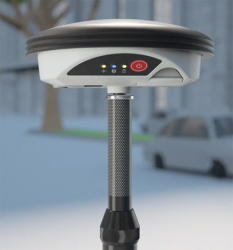
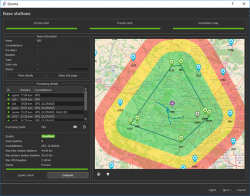
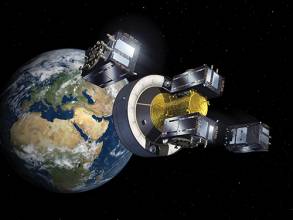
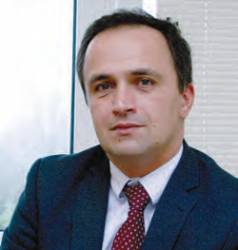
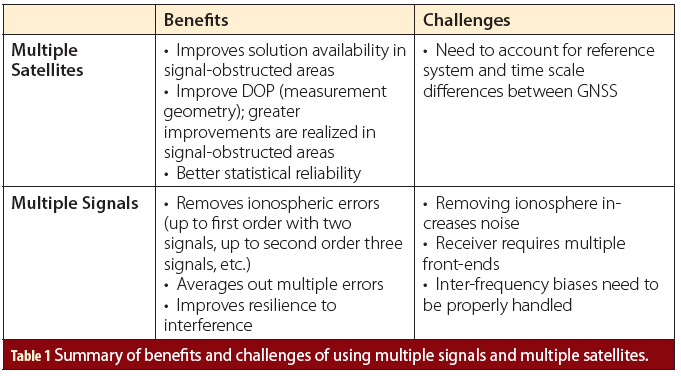



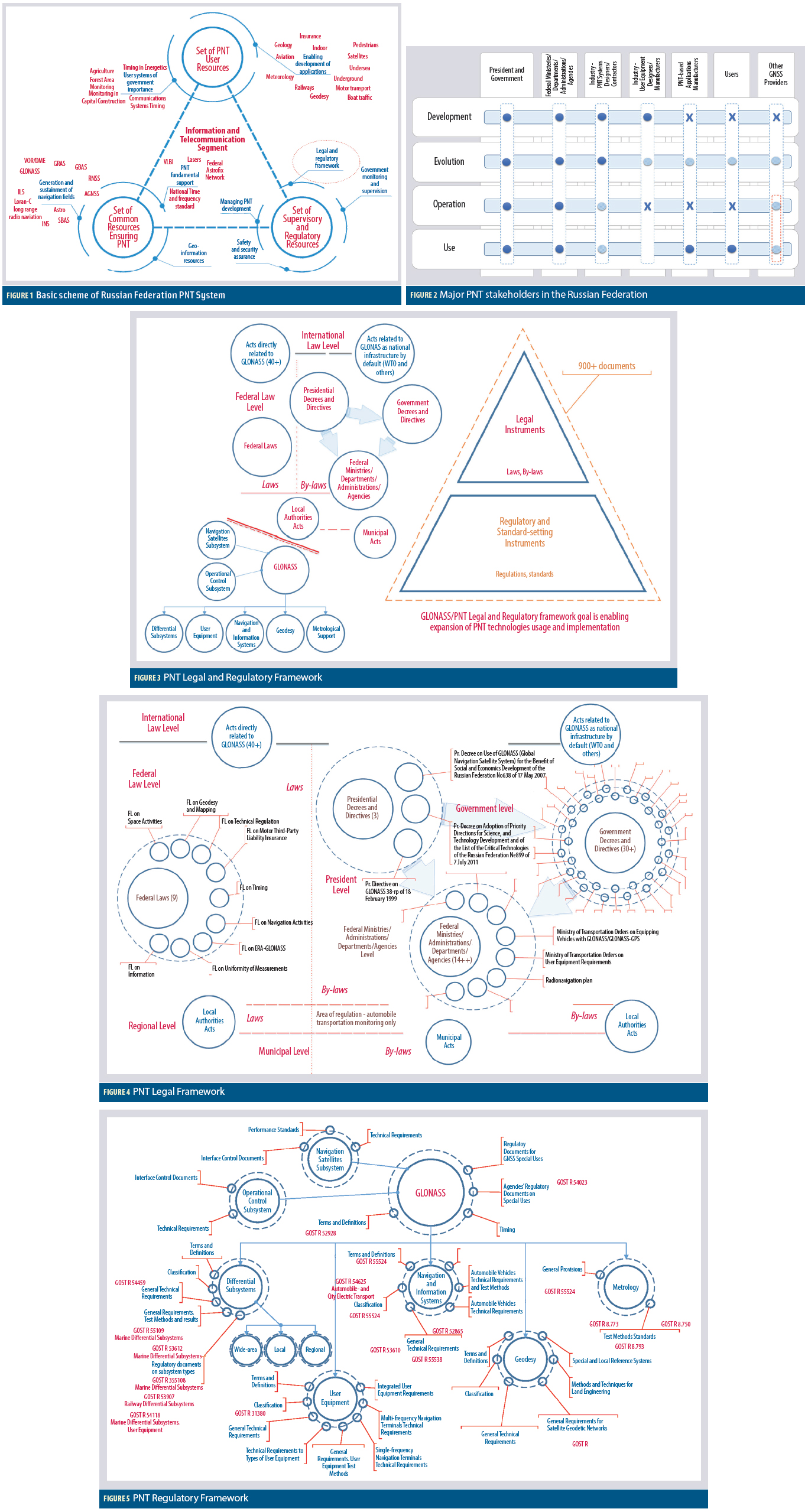

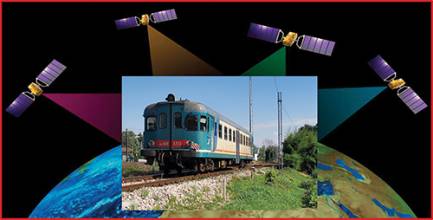

 & Carnegie Robotics CTO Chris Osterwood (R).jpg)




